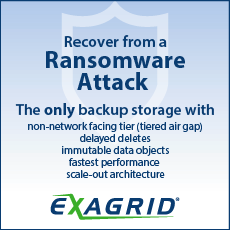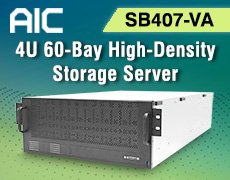QNAP and ULINK Upgrade DA Drive Analyzer with New AI Engine
Enhancing drive health prediction accuracy of NAS
This is a Press Release edited by StorageNewsletter.com on August 14, 2025 at 2:01 pmQNAP Systems, Inc. announced the rollout of a major AI algorithm upgrade for DA Drive Analyzer, the AI-powered drive health prediction service jointly developed with storage testing provider ULINK Technology, Inc.
The upgraded engine significantly improves the accuracy of hard drive failure predictions compared to traditional S.M.A.R.T. (Self-Monitoring, Analysis and Reporting Technology) monitoring. QNAP NAS users can now benefit from more proactive and reliable data protection.
Click to enlarge
While most users still rely on built-in S.M.A.R.T. attributes to assess drive health, S.M.A.R.T. is fundamentally a reactive mechanism and often fails to provide early warnings before a drive fails.
“S.M.A.R.T. alone isn’t enough – many users are caught off guard by silent drive failures,” said Tim Lin, product manager, QNAP. “DA Drive Analyzer uses an AI model trained on behavioral data from millions of drives. It can detect potential anomalies even before any S.M.A.R.T. warning is triggered, enabling users to take preventive action and avoid data loss.”
“DA Drive Analyzer goes beyond traditional drive failure diagnostics, demonstrating ULINK’s leadership and innovation in AI and storage technology,” said Joseph Chen, CEO, ULINK Technology.
Click to enlarge
The latest ULINK algorithm offers significant improvements in both recall and precision compared to conventional S.M.A.R.T. detection. This means QNAP NAS users can identify at-risk drives more accurately and confidently replace them in advance—without the fear of removing a healthy drive due to false predictions.
|
Drive Type |
Recall |
Precision |
|
SATA HDD |
14x improvement |
1.6x improvement |
|
SATA SSD |
2x improvement |
1.6x improvement |
Click to enlarge
The AI algorithm upgrade has been deployed for DA Drive Analyzer across all supported QNAP NAS systems. This update is automatic and requires no user intervention, allowing users to immediately benefit from improved drive health predictions with zero manual effort.
Resource:
Blog: Your Data Is Worth More Than Any Drive





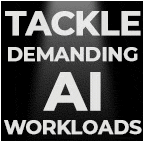
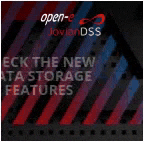

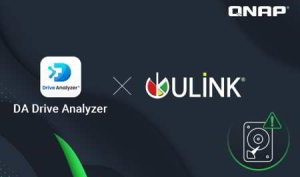
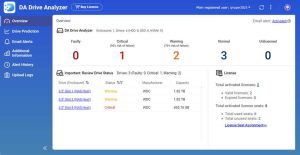
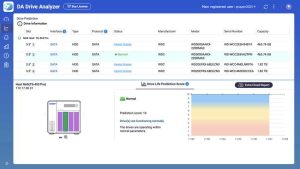
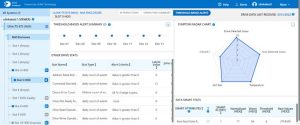





 Subscribe to our free daily newsletter
Subscribe to our free daily newsletter
